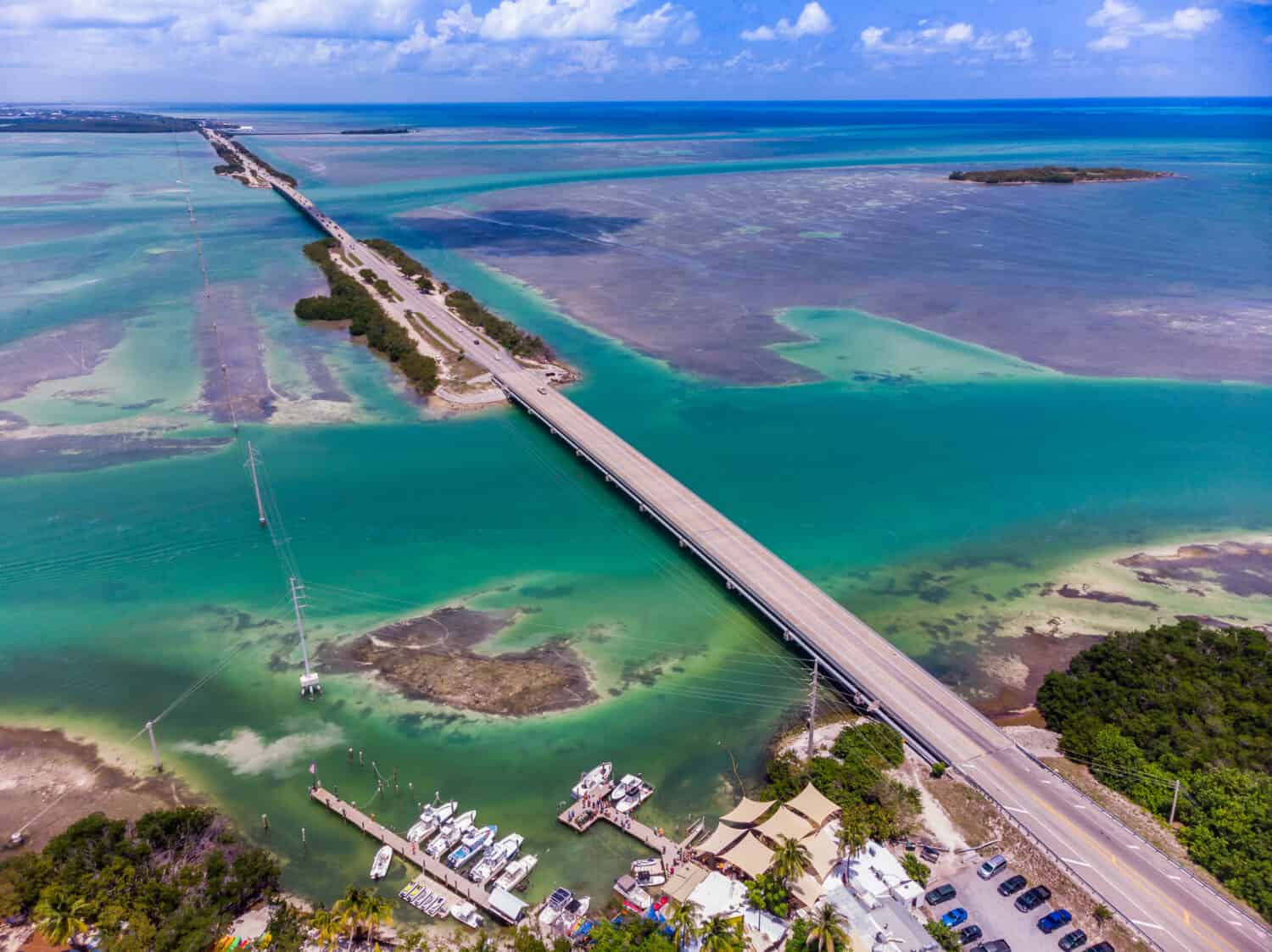Florida, known as the Sunshine State, has high humidity, especially during summer. Humidity can feel suffocating and cause stickiness from sweat. Although Florida has a reputation for high heat and humidity, is Florida the most humid state? The answer may shock you!
Is Florida the Most Humid State?
Florida is not the most humid state. Actually, according to Forbes, the most humid state is Alaska. This is because Alaska has a high average relative humidity. Alaska’s average relative humidity is 77.1%, while Florida’s is 74.5%. There are two main types of humidity referred to when talking about the weather, relative humidity, and actual humidity. Actual humidity is the amount of water vapor in the air, without any comparisons. However, relative humidity takes into account the outside air temperature. Meaning, two places can have the same actual humidity, but not share the same relative humidity. Alaska is a very cold state and the air doesn’t hold a lot of moisture.

Alaska is the most humid state in the United States when comparing relative humidity.
©Gail Johnson/Shutterstock.com
Florida Weather and Climate
Florida has two major types of climates, humid sub-tropical and tropical. Although Florida doesn’t experience drastic season changes like northern states, there is a defined rainy and dry season. Florida’s rainy season spans from May through October, around the same time as the Atlantic hurricane season. Thunderstorms and rainfall are common during summer and early fall. So, when is the dry season? Florida’s dry season begins in late October and runs through April, however, the exact start date depends on the region. It starts earlier in northern Florida.
Florida is known for its intense and hot summers and mild winters. Generally, average lows across the state range from 41 °F to 65 °F and rarely drops below freezing. Apart from rainfall, thunderstorms, and hurricanes, the state also experiences tornadoes. Interestingly, there are more tornadoes per square mile in Florida than in any other state, but they aren’t strong and rarely touch the ground.
Summers in Florida are hot, humid, and wet. During the day, highs easily reach the mid-90s, and in the afternoon it rains and storms. The hottest temperature ever recorded in Florida was 109 °F on June 29, 1931, in Monticello in Jefferson County.
Is Humidity Bad For You?
Humidity alone isn’t dangerous, but we can’t escape from it. It’s simply the amount of water vapor in the air. High levels of humidity mixed with a high outside temperature, can make it hard for your body to keep cool. If you’ve ever been to Florida during the summer, you’ve probably felt sweaty. As sticky and uncomfortable as sweat can feel, it’s an important bodily function that helps us release heat and keep cool. If you can’t release heat, this can cause nausea, heat stroke, seizures, and even hypothermia.
Even though you sweat while it’s humid outside, it’s not enough to cool your body. Interestingly, humidity isn’t only bad for your physical health, but your mental health. High humidity can put you in a bad mood. Some doctors are noticing the connection between high heat, humidity, and stress/anxiety.

Sweat releases heat and keeps bodies cool.
©PeopleImages.com – Yuri A/Shutterstock.com
How to Stay Cool During Florida Summers
Although you can’t avoid humidity forever, and you won’t want to while visiting the sunshine state, it’s important to stay cool. Heatstroke and dehydration are common in the state and very dangerous. According to the Florida Department of Health, from 2004 to 2009, at least 18,572 Floridians were hospitalized due to heat-related injuries and issues. Heatstroke though, usually, is avoidable.
To keep cool during the summer, you should avoid going outside under direct sun between the hours of 11 am to 3 pm. This is when the sun is most intense. If you need to, drink plenty of water beforehand, don’t wait until you feel thirsty or dehydrated. No one wants to be stuck indoors all day during summer, but if you go out, cover up with light and breathable clothes. Tight clothing can restrict your movement and trap heat in your body. Shorts and tank tops are tempting, but expose your skin to the sun, which can cause sunburns or cancer. Apply sunscreen at least 20 minutes before you go outside to keep yourself protected.
If you’re looking to keep cool while outside in Florida, you can also time breaks. For example, if you go to the theme parks in the state, don’t forget to also go inside buildings to enjoy air conditioning and fans. If this isn’t available, wet a towel or cloth and apply it to your head and neck. To keep yourself covered, you can also use a breathable hat.
Thank you for reading! Have some feedback for us? Contact the AZ Animals editorial team.








